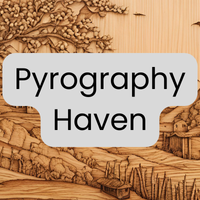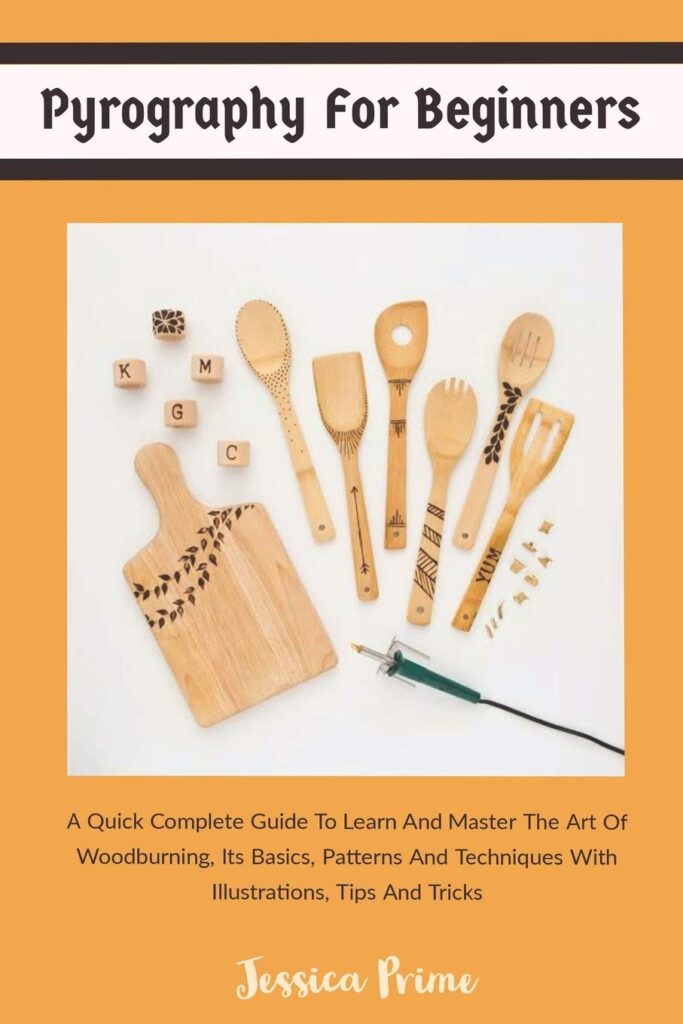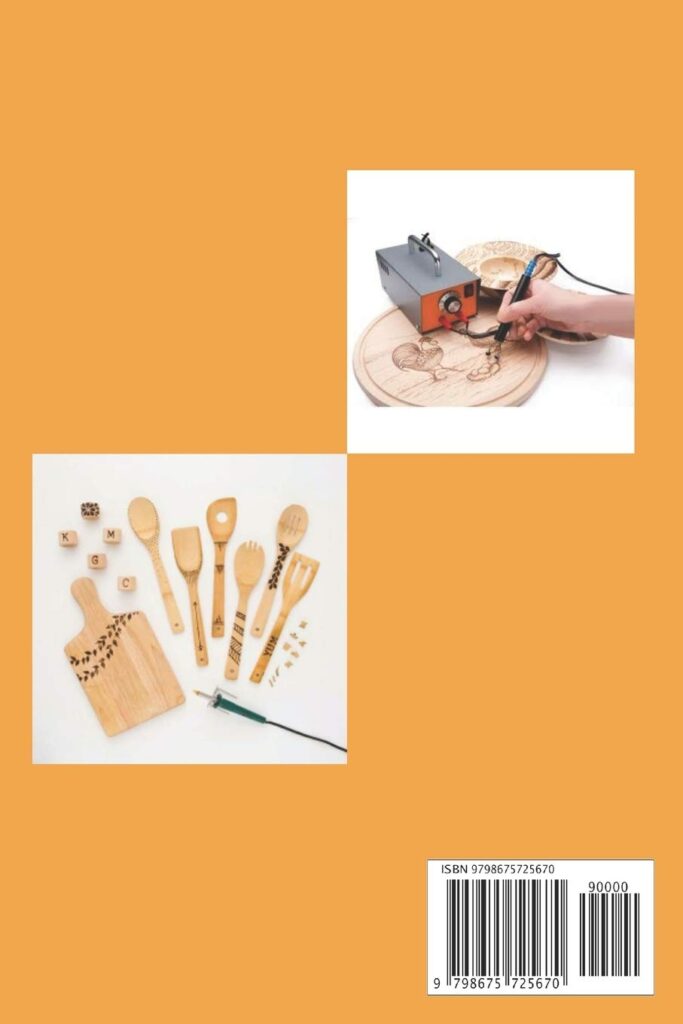Have you ever found yourself captivated by the mesmerizing patterns etched into wood, wondering how on earth such intricate designs are created? Well, wonder no more. Let’s chat about “PYROGRAPHY FOR BEGINNERS: A Quick Complete Guide To Learn And Master The Art Of Woodburning, Its Basics, Patterns And Techniques With Illustrations, Tips And Tricks” by A. J. Davis.
This image is property of Amazon.com.
Mastering The Basics
So, you’ve bought yourself a woodburning tool, a handful of wooden planks, and you’re all set to embark on this new, slightly smoky, creative journey. But where do you even start? This book breaks it down for you with an easy-to-follow guide.
Understanding Your Tools
First off, you need to get friendly with your pyrograhy pen. It’s like the magic wand in this art form. The book goes over the different types of pyrography tools, distinguishing between the ones suitable for beginners and those for more advanced users. Spoiler alert: you don’t need the Rolls Royce of woodburning pens to create beautiful designs. It’s more about your technique than the cost of the tool.
Types of Wood
Not all wood is created equal, my friend. The book gives you a rundown on the best types of wood for woodburning. Here’s a handy table for quick reference:
| Type of Wood | Ease of Use | Best For |
|---|---|---|
| Basswood | High | Beginners, smooth surface |
| Birch Plywood | Medium | More intricate designs |
| Poplar | Medium | Budget-friendly projects |
| Pine | Low | Practice pieces, has resin which can be tricky |
Ever considered wood type might affect your final artwork? Oh yes, you might not want to start with pine because its resin can bubble up and ruin your masterpiece. Basswood, on the other hand, is smooth like a freshly ironed shirt and perfect for beginners.
Tips and Techniques
You might think it’s all about dragging a hot pen across a piece of wood, but there’s more finesse to it. This book lays out useful tips and techniques that can turn you from a novice into a budding pyrography artist.
Controlling Temperature
Who knew that temperature control was a thing in pyrography? No one wants their design to look like a series of burnt toast mishaps. The book walks you through understanding how temperature affects your wood and why not all designs require the same level of heat.
Creating Depth and Texture
Here’s where things get fancy. By adjusting your pressure and speed, you can create variations in shading and depth. It’s almost like drawing but with more oomph. The book includes illustrations showing different stroke techniques, which is incredibly helpful for visual learners.
This image is property of Amazon.com.
Patterns and Projects
Don’t you just love a book that not only tells you how to do something but also gives you projects to try? This guide includes several beginner-friendly patterns to practice.
Starter Patterns
Think of these as the Pyrography 101 class. Simple shapes and lines that’ll help you get the hang of it without pulling out your hair in frustration.
Intermediate Designs
Once you’ve conquered the basics, you’re ready for the slightly more complicated stuff—think floral patterns or simple animal shapes.
Advanced Patterns
By the time you’ve burnt through these pages (pun intended!), you’ll be ready to tackle intricate designs like mandalas or landscapes. This book provides a clear progression, making it satisfying to see your own improvement over time.
Illustrated Guide
Nothing beats a good visual aid, especially when you’re trying to learn something new. “PYROGRAPHY FOR BEGINNERS” is packed with illustrations that are not just pretty but incredibly useful. From step-by-step guides to finished projects, the imagery in the book really helps clarify the process.
Examples
It’s not just a parade of beautifully completed works. The illustrations also include different stages of a project, so you can compare your work and see if you’re making progress or veering off into a slightly crispy wilderness.
Troubleshooting with Visuals
You might think your DIY endeavor is a complete failure, but with the book’s visual troubleshooting guide, you’ll realize that a little tweak here and there can save the day.
This image is property of Amazon.com.
Tips and Tricks
Sometimes, it’s those little nuggets of wisdom that make all the difference. This book is peppered with tips and tricks that are like having a seasoned pyrography artist whispering in your ear.
Tool Maintenance
A well-maintained tool is half the battle won. Learn how to clean and preserve your pyrography pen so that it serves you faithfully through thick and thin (lines, that is).
Avoiding Common Mistakes
Everyone’s bound to make a few slips here and there. However, the book provides a heads-up on what pitfalls to avoid, helping you skirt around some of the more frustrating beginner errors.
Final Thoughts
If you’re passionate—nay, curious—about diving into the world of woodburning, “PYROGRAPHY FOR BEGINNERS: A Quick Complete Guide To Learn And Master The Art Of Woodburning, Its Basics, Patterns And Techniques With Illustrations, Tips And Tricks” is an invaluable companion. It’s approachable, informative, and, above all, encouraging. You won’t feel like a lost squirrel in a park; instead, you’ll be gently guided to create your own wooden masterpieces. Who knows, you might just create the next family heirloom or an unforgettable gift.
Disclosure: As an Amazon Associate, I earn from qualifying purchases.






